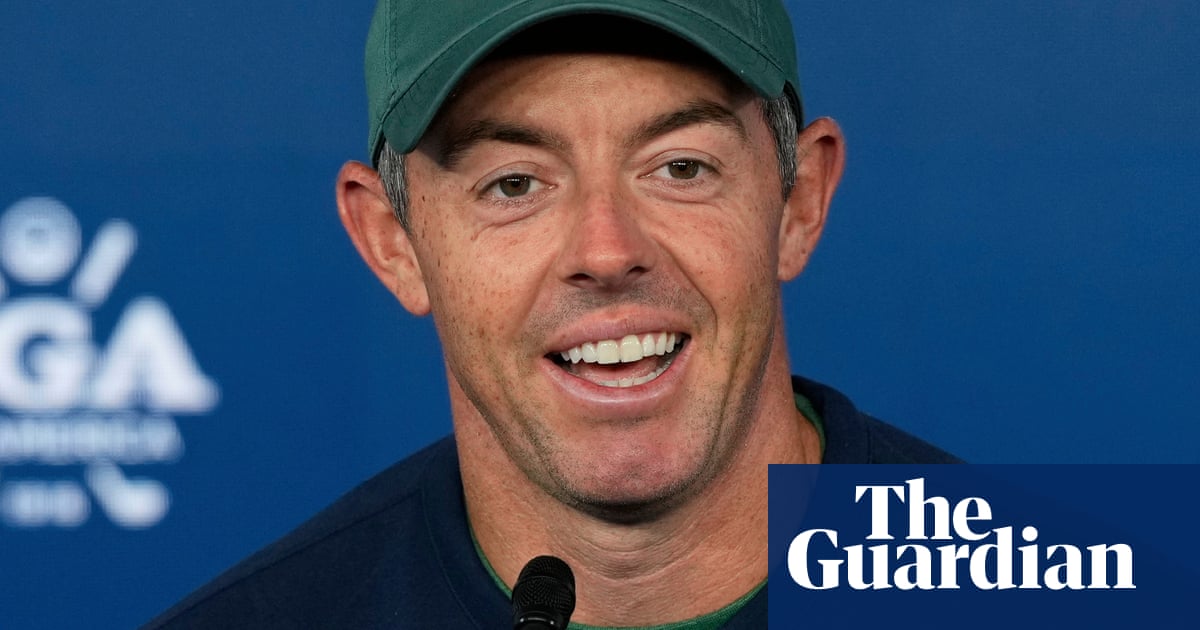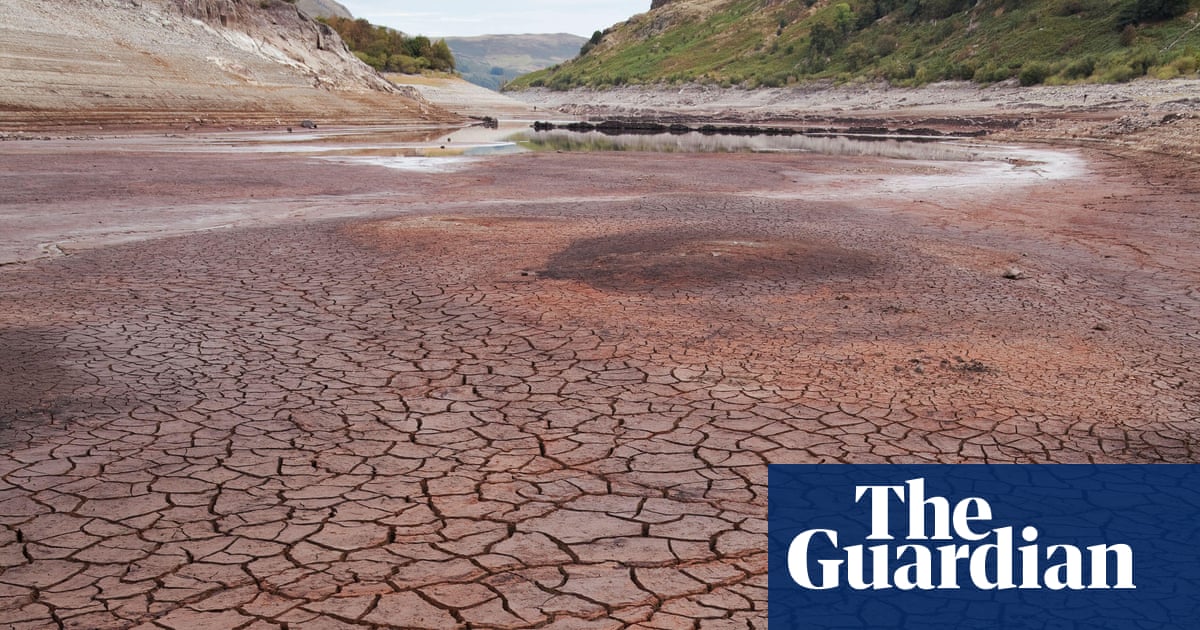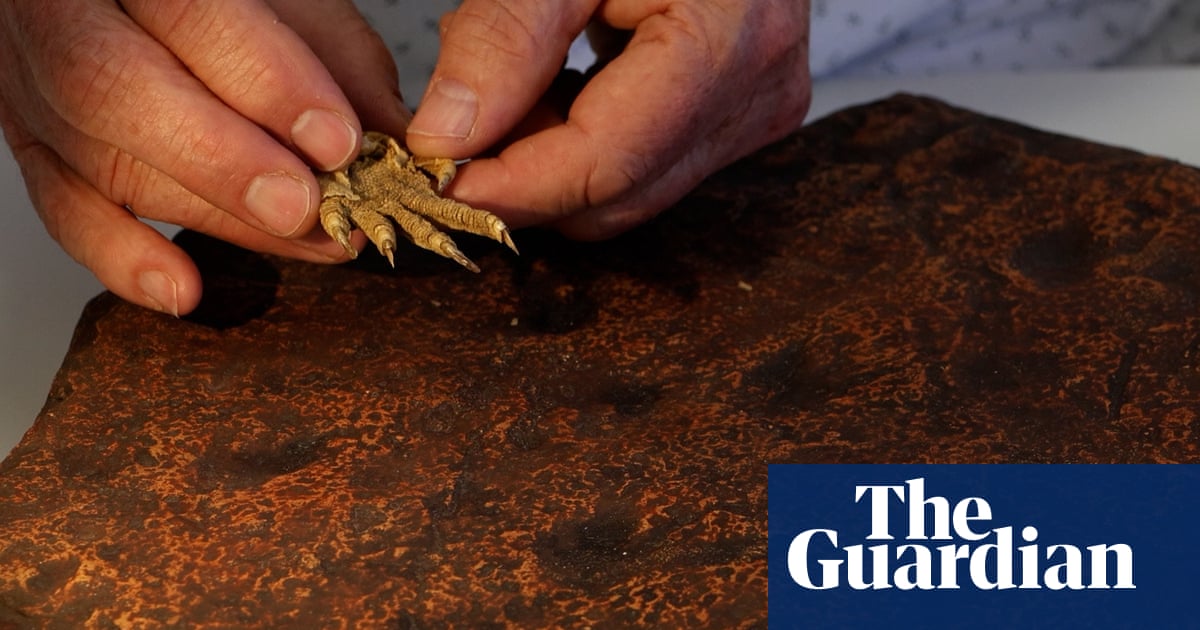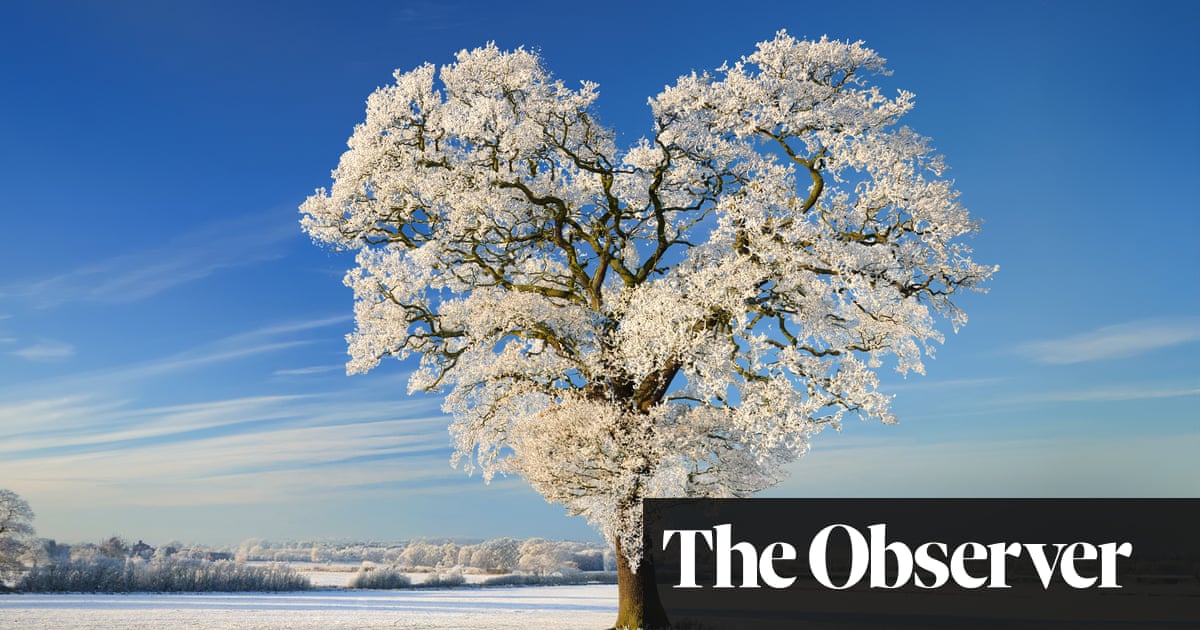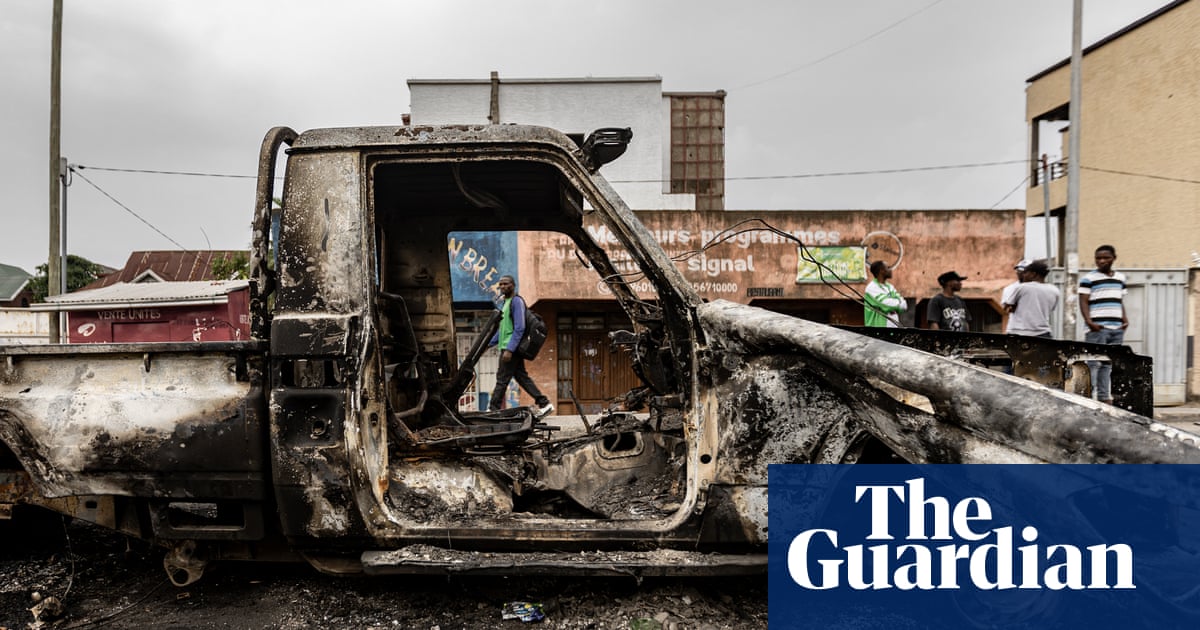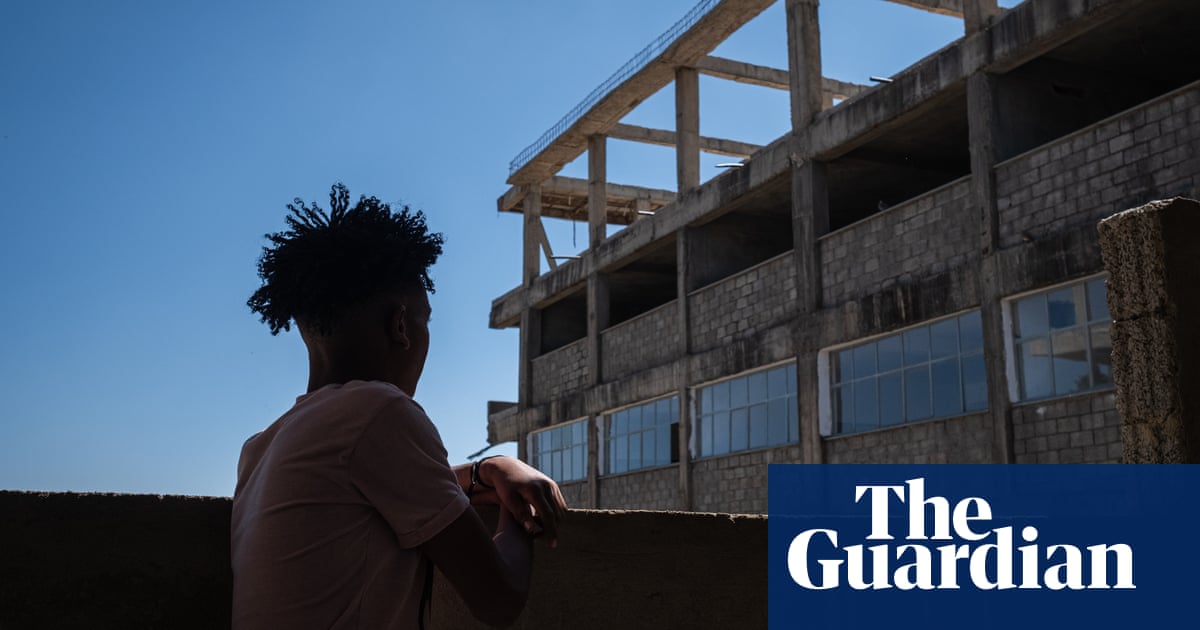It’s one of the best known rites of spring in California: extraordinary displays known as “superblooms” that coat the hillsides in an abundance of color. Some years the blooms are massive enough to draw tourists from around the world to revel in the fields, such as in 2023 when more than 100,000 people showed up on a weekend to gawk at the poppies in Lake Elsinore, a small city about an hour outside Los Angeles.
But this year, not so much. Thanks to a brutally dry winter, the hills around the usual southern California superbloom hotspots have been conspicuously bare. Callista Turner, a state park ranger, could count the number of blooms on two hands as she surveyed the 8 miles of rolling hills at the Antelope Valley California Poppy Reserve in the final week of March, which is typically when superbloom season peaks. “We’re still waiting to see what kind of season we have,” she says. “It’s a very slow start.”
It’s a similar situation in other parts of southern California. That’s because the native wildflowers have a precise recipe they need to follow to bloom. And this year, rainfall came – but too little and too late to germinate the seeds that lay dormant below the ground. The poppy reserve has received less than an inch of rain this winter, a remarkably low amount compared to years like 2017 and 2019 when sections of the park saw an extraordinary bloom.
For poppies, Turner says, rainfall matters – 6in per year is the lowest amount needed, and above 14 inches is too much. But it’s also about the amount of water that each storm drops. The flowers need a significant amount of rainfall at once – usually over half an inch. Wind also matters as do too cold or hot temperatures – when it is cold, the plants can grow, but they don’t produce buds or flowers. If it’s too hot, the flowers don’t pop either. Turner advises anyone who wants to see what the flowers are doing to check the poppy live cam.
Usually super blooms happen once or twice in a decade, she says. And there’s a stronger likelihood of a massive bloom if a wet winter occurs after a few years of drought.
But the calculus about when the flowers are going to be the best is also becoming murkier with the climate crisis: “All of the data that we used to look at in the past about when was a good time to come for a wildflower bloom aren’t reliable now,” she said, “because the conditions are changing so rapidly and there hasn’t been enough time for us to really get good data with these new climate conditions.”

There’s another ingredient in knowing where the wildflowers are blooming, said Katie Tilford, with the Theodore Payne foundation, which focuses on native plants in California – people. Federal funding cuts mean fewer people are out in the fields collecting wildflower reports. “So there might be flowers out there, but there’s not as much information getting out there to the public because those employees aren’t there.”
The foundation has a hotline as well as a weekly illustrated report about what is blooming.
Poppy seeds can hang out for years under the soil in what’s known as a seed bank. Seeds can live for a decade – some up to 60 years – and wait for just the right conditions to pop open in a splash of color. Once flowered, their entire life cycle lasts just three months.
The lack of a superbloom is a double-edged sword for the small towns that can be overrun by tourism in boom years. When there is a wildflower event, sometimes it can feel a bit overwhelming, said Brianna Fordem with the Anza-Borrego Foundation, a non-profit which supports the desert state park with the same name. She has to make sure there are enough supplies, enough road signs, enough maps and volunteers.
“Not having that feels like, ‘OK, we don’t have to ramp up for this,’” she said. “But there’s also a big lost opportunity to teach more people about the desert. The wildflowers are definitely an opportunity to bring new people to understand more.
“Wildflower years are always a boon for the economics of our small community, and so when we have no wild flowers, people certainly still do come out and visit, but our businesses do suffer,” says Fordem.

Other parts of the region feel similarly. In Lake Elsinore, where a superbloom event happened in 2023, the absence of flowers this year has resulted in little to no visitor traffic, providing relief to the local community and infrastructure, says Jovanny Rivera Huerta, a public information officer with the City of Lake Elsinore. “During previous superblooms, the overwhelming number of tourists posed challenges, including traffic congestion, safety concerns and environmental impact,” says Huerta. “However, local businesses that benefited from the influx of visitors may feel their absence this year.”
“The annuals that everybody goes crazy about, they’re very ephemeral,” Tilford says. “The seeds are lying dormant in the soil, and then if they get exactly the right conditions, the blooms that just blanket the hillsides look amazing. But that’s pretty rare.
When that’s not happening, like this year, there is still plenty of color in woody shrubs, like the California lilac, as well as sunflowers, sages, and even trees like elderberry. “You see all these other things still putting on a display, just every year, again and again.”

 1 month ago
29
1 month ago
29


